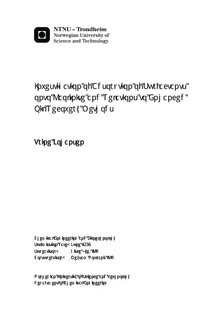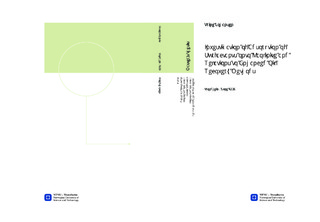| dc.description.abstract | Surfactant flooding is a well-established enhanced oil recovery (EOR) technique, but the economic feasibility of this method is a major concern due to the substantial misplacement and loss of expensive surfactants to the reservoir rock. However, a new focus on combining the EOR techniques of surfactant flooding and low salinity waterflooding is believed to create beneficial synergies that reduce surfactant retention.
In this study, the effect of low salinity water on surfactant adsorption was investigated. The adsorption of the anionic surfactant sodium dodecylbenzenesulfonate (SDBS) on Na-kaolinite in brines with different compositions and ionic strengths was studied for this purpose. Several test experiments were conducted in order to establish a good experimental procedure, and the analyses were conducted using both an UV-vis spectrophotometer and a ring tensiometer. Because of the large time consumption of the latter technique, the spectroscopic method was considered as the best approach for this study.
The equilibrium adsorption of SDBS on Na-kaolinite was studied by static methods, and the results were presented as adsorption isotherms, which indicated increasing SDBS adsorption with ionic strength and when adding divalent ions. The shapes of the adsorption isotherms of SDBS in monovalent brine were unexpected. Both maxima and minima were observed, and there was not an adsorption plateau, but an indication of increased adsorption after the critical micelle concentration (CMC). Adsorption isotherms with a characteristic S-shape were obtained for studies in divalent brine, and it was suspected that the adsorption maximum in these isotherms was due to the formation of precipitate when SDBS interacted with divalent ions.
The SDBS adsorption isotherms were analysed by the Langmuir and Freundlich adsorption models. The Freundlich model described the experimental data best, and SDBS systems with high salinity or divalent ions had the best fit to the theoretical model. | |

